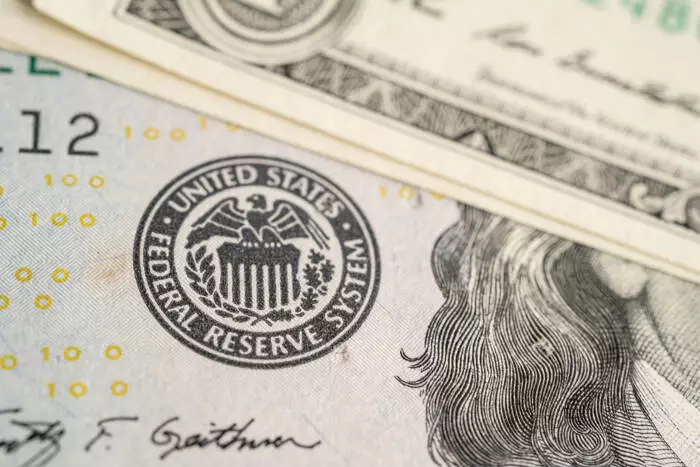As global financial markets continuously evolve, the actions and statements of central banks will remain pivotal in the assessment of economic health and future monetary policy. The U.S. dollar (USD) is poised to react significantly to the forthcoming economic forecasts released by the Federal Reserve, the underlying tone of their monetary policy statement, and the subsequent insights shared by Fed Chair Jerome Powell during his press conference. Investors are keenly observing these elements as they provide critical signals regarding the trajectory of interest rates in the forthcoming months, especially amid varying economic pressures and inflationary trends.
In juxtaposition, the Bank of England (BoE) is widely expected to maintain its Bank Rate at 5.0% following a recent 25 basis point cut implemented in August. This pause in rate adjustments resonates with Governor Andrew Bailey’s prior statements focusing on the necessity to manage inflation judiciously while refraining from unwarranted haste in monetary easing. This balanced approach, emphasized during the Jackson Hole Economic Symposium, reflects the bank’s intention to stabilize inflation without compromising economic growth.
Recent indicators from the consumer price index (CPI) paint a mixed picture of inflation, with July’s data showing a year-on-year rise in headline inflation from 2.0% in June to 2.2%. Conversely, core inflation has seen a slight cooldown, dropping from 3.5% in June to 3.3%. Services inflation, while still robust, decreased to 5.2% from 5.7%. This situation sets the stage for a multitude of factors influencing the central banks’ upcoming actions, particularly as the August CPI report is scheduled for release just prior to the BoE’s anticipated rate decision.
Market analysts envision a practical scenario in which headline inflation stabilizes around 2.2%, with core inflation likely rebounding to approximately 3.5%. The markets are factoring in more than a single cut, projecting a potential of back-to-back reductions in the coming November and December meetings. This is highly significant as it indicates market sentiment leaning towards a more accommodative policy to support growth in a potentially faltering economic landscape.
Examining growth metrics, the UK economy reported a gross domestic product (GDP) growth of 0.5% in the three months leading up to July, slightly below expectations. This performance highlights a stagnation in real GDP for July itself, countering projections of moderate growth. Disappointingly, sectors such as production and construction faced contractions, shedding light on the output challenges faced by the economy. In contrast, services demonstrated minimal gains contributing just 0.1% growth—a faint signal in a landscape that is otherwise struggling.
On a more positive note, employment statistics from July exhibit a declining unemployment rate down to 4.1% and a notable increase in employment numbers, suggesting an uptick in job creation amid broader economic concerns. Additionally, though wage growth metrics indicate a slight deceleration compared to previous months, they remain robust, which could contribute to sustained consumer spending and economic activity.
Northward across the globe, the Bank of Japan (BoJ) also finds itself in a position of cautious vigilance as it maintains its Policy Rate at 0.25%. Following a modest increase of 15 basis points in July, the market awaits further signals regarding potential adjustments. Analysts anticipate a potential 9 basis point hike by year’s end, indicating a slowly evolving stance amid a generally expansive global monetary environment.
The reactions from the BoJ are particularly crucial as global economic pressures mount. Any suggestions of forthcoming rate hikes in the BoJ’s Monetary Policy Statement, particularly articulated by Governor Kazuo Ueda during his press conference, could trigger a notable strength in the Japanese yen (JPY), placing additional pressure on currency pairs such as the USD/JPY.
Fitch Ratings provides further insights, noting the BoJ’s deviation from widespread easing trends, citing its rigorous policy adjustments as it aims to secure reflation. Their outlook posits a gradual increase in rates, ultimately forecasting a rise to 1.0% by the end of 2026, suggesting confidence in Japan’s economic recovery trajectory.
With various central banks navigating complex economic landscapes, the interplay of interest rates, inflation, and growth data remains central to future market dynamics. The decisions made by institutions like the Federal Reserve and the Bank of England could set significant precedents in the coming months, influencing everything from currency valuation to investor sentiment. As stakeholders await the upcoming rate announcements and economic reports, it becomes increasingly clear that the agility in policy response will be critical in addressing the ever-evolving global economic challenges we face today.


Leave a Reply